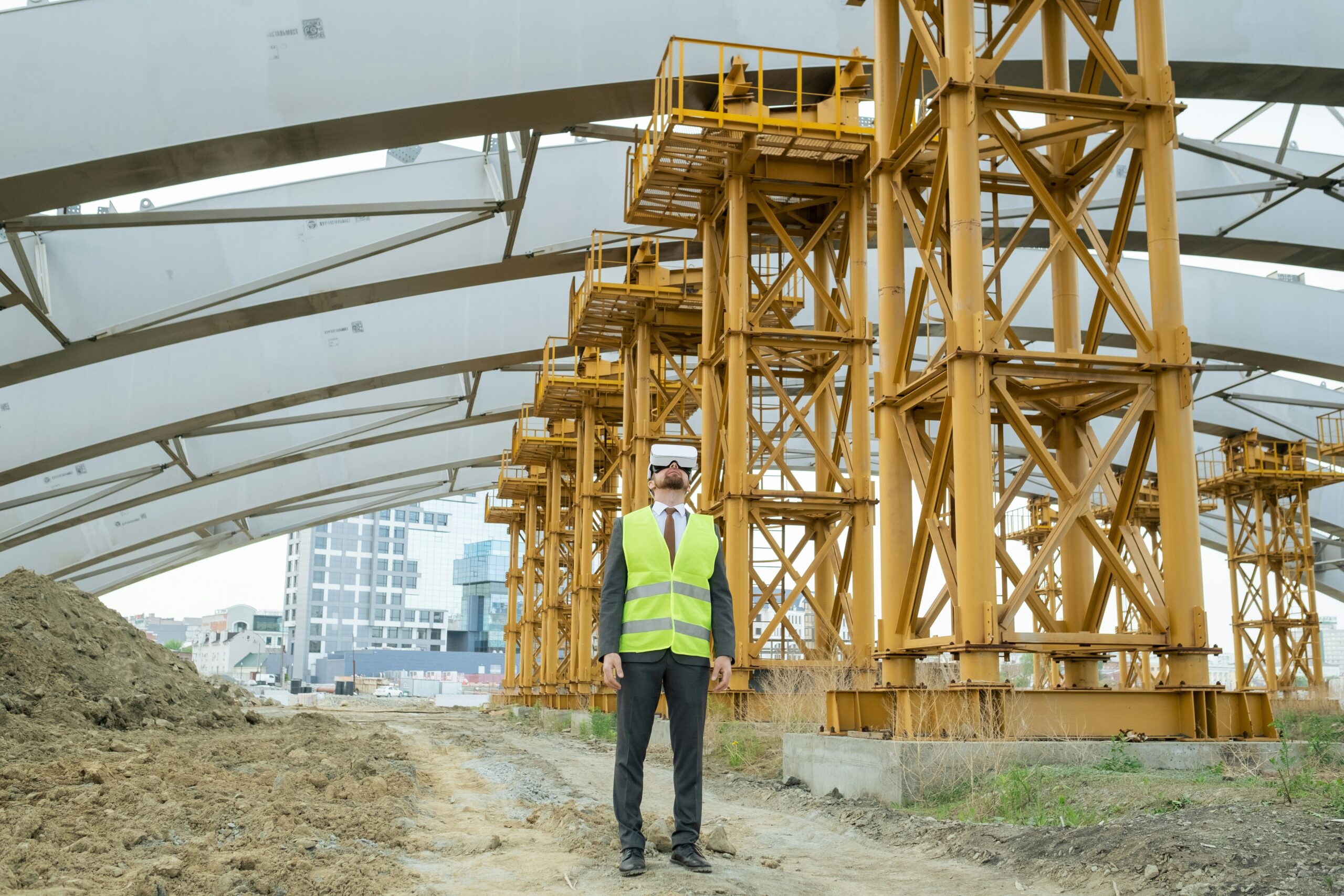
Virtual Reality in Real Estate is no longer a futuristic concept. Today, developers, architects, and investors utilize immersive technology to transform the way spaces are planned, designed, marketed, and sold. What once required physical blueprints and model homes now comes alive through interactive VR tours, lifelike 3D renderings, and collaborative design platforms. This shift is not only redefining customer expectations but also changing the very process of real estate development and architectural design.
The Evolution of Virtual Reality in Real Estate
Real estate professionals once relied heavily on sketches and physical models to explain their vision. While helpful, these methods often left room for interpretation. Virtual Reality in Real Estate now removes that gap by providing lifelike simulations of properties before they even exist. Prospective buyers can walk through apartments, office spaces, or large-scale developments without ever stepping inside the physical location.
This evolution has made presentations more effective and allowed architects and developers to communicate complex ideas with clarity. Clients no longer struggle to imagine layouts; they experience them firsthand.
Virtual Reality in Architecture and Design
Architects benefit greatly from VR because it enables them to test and refine designs in real time. They can evaluate room dimensions, natural lighting, and overall flow with immersive accuracy. Virtual Reality in Real Estate also helps spot potential issues early, saving both time and costs.
Instead of relying on two-dimensional blueprints, design teams can now immerse themselves in digital models, making adjustments instantly. Whether it’s altering the placement of a window to optimize sunlight or reconfiguring space to improve functionality, VR ensures designs match both vision and practicality.
Enhancing the Client Experience
For clients, Virtual Reality in Real Estate turns abstract concepts into tangible experiences. Instead of flipping through brochures, clients can explore entire developments through headsets or even on mobile devices. They can virtually walk through different units, view interior finishes, and personalize layouts.
This level of engagement not only builds trust but also drives faster decision-making. Clients feel more confident investing in properties they can truly visualize. Developers benefit from reduced sales cycles and a competitive advantage in a crowded marketplace.
Remote Collaboration and Global Reach
Virtual Reality in Real Estate goes beyond just marketing. It also improves collaboration between global teams. Developers, architects, and investors working in different parts of the world can explore projects together in a shared VR environment. Decisions happen in real time, eliminating delays caused by distance.
This accessibility makes projects more inclusive, enabling diverse perspectives and input without requiring constant travel. It also expands the market reach for developers, who can present projects to international investors or clients without logistical barriers.
Cost and Time Efficiency in Development
Construction delays and design changes often increase costs. Virtual Reality in Real Estate reduces such risks by allowing stakeholders to preview and approve designs before construction begins. Identifying design flaws early helps avoid expensive revisions later.
In addition, developers save money on model homes or physical showrooms. Instead of building multiple sample units, a single VR experience can showcase various configurations and upgrades. This efficiency improves profitability and resource allocation.
Sustainability and Green Design
Sustainability is a growing priority in real estate, and VR supports eco-friendly development. Virtual Reality in Real Estate allows architects to simulate energy efficiency, lighting, and material usage. Developers can test sustainable options without physically constructing prototypes.
Clients also appreciate seeing how green design choices affect their future property, making sustainability an integral part of the decision-making process.
Marketing and Sales Advantages
Real estate marketing has embraced VR as a powerful tool to attract modern buyers. Online property listings with VR tours receive more engagement compared to traditional images or videos. Virtual Reality in Real Estate helps reach remote clients who cannot visit in person but still want an immersive buying experience.
For luxury properties and large-scale developments, VR creates exclusivity and excitement, setting projects apart from the competition. Developers gain a strong edge by offering innovative and memorable experiences to prospective buyers.
Challenges and Future Outlook
Despite its many benefits, Virtual Reality in Real Estate faces challenges such as high initial costs for technology and training. Smaller firms may hesitate to adopt VR due to budget concerns. However, as hardware and software become more affordable, accessibility will increase.
The future of VR in real estate and architecture looks promising. Integration with Artificial Intelligence and Augmented Reality will make experiences even more personalized and interactive. From smart home simulations to dynamic urban planning, VR will continue reshaping the industry.
Virtual Reality in Real Estate has shifted from being a novelty to becoming an essential tool in modern development and architecture. It enhances design accuracy, client satisfaction, and global collaboration, while also driving cost efficiency and sustainability. As the technology continues to advance, its role in real estate and architecture will only expand, offering limitless opportunities for innovation and growth.